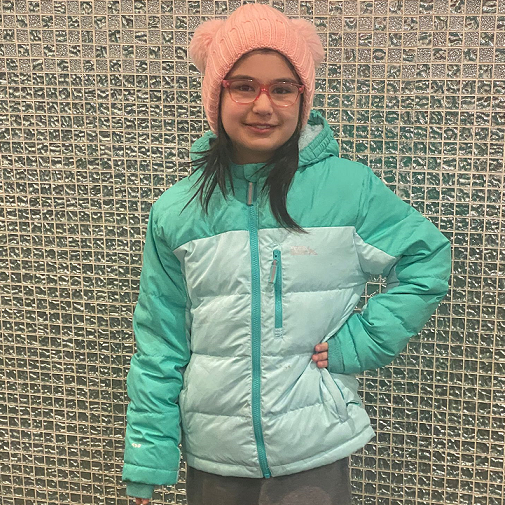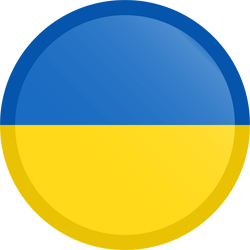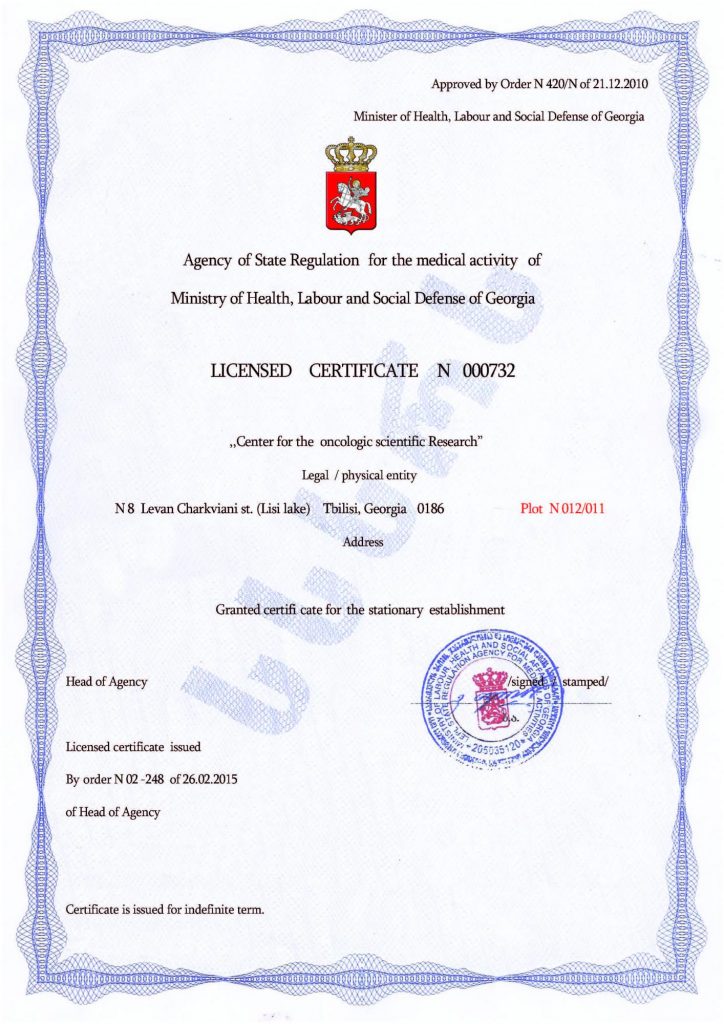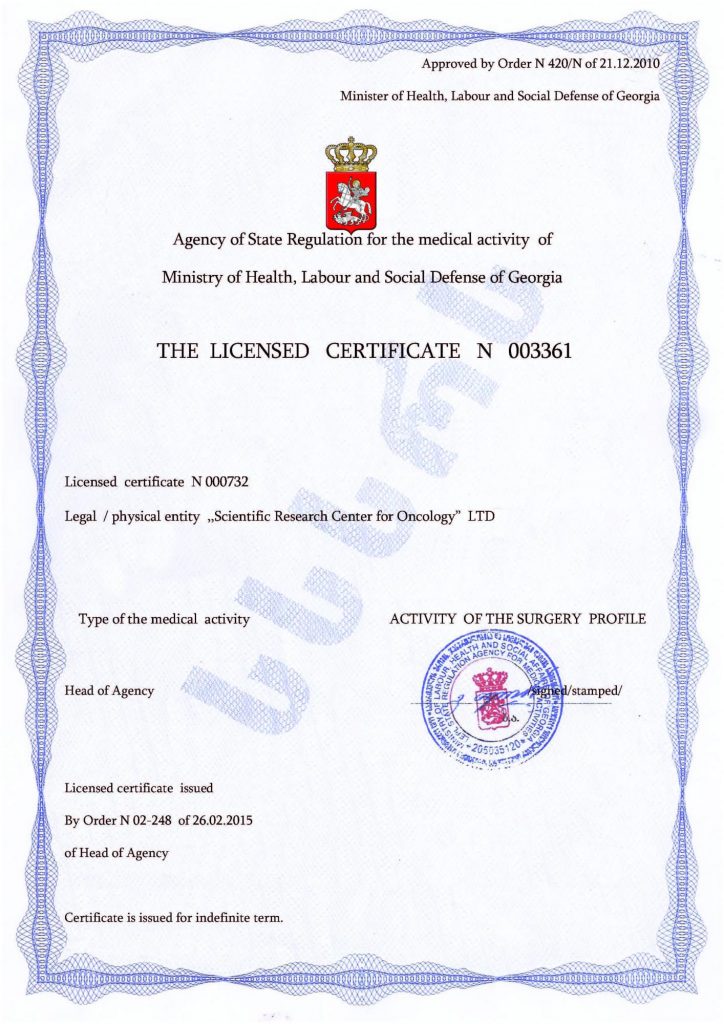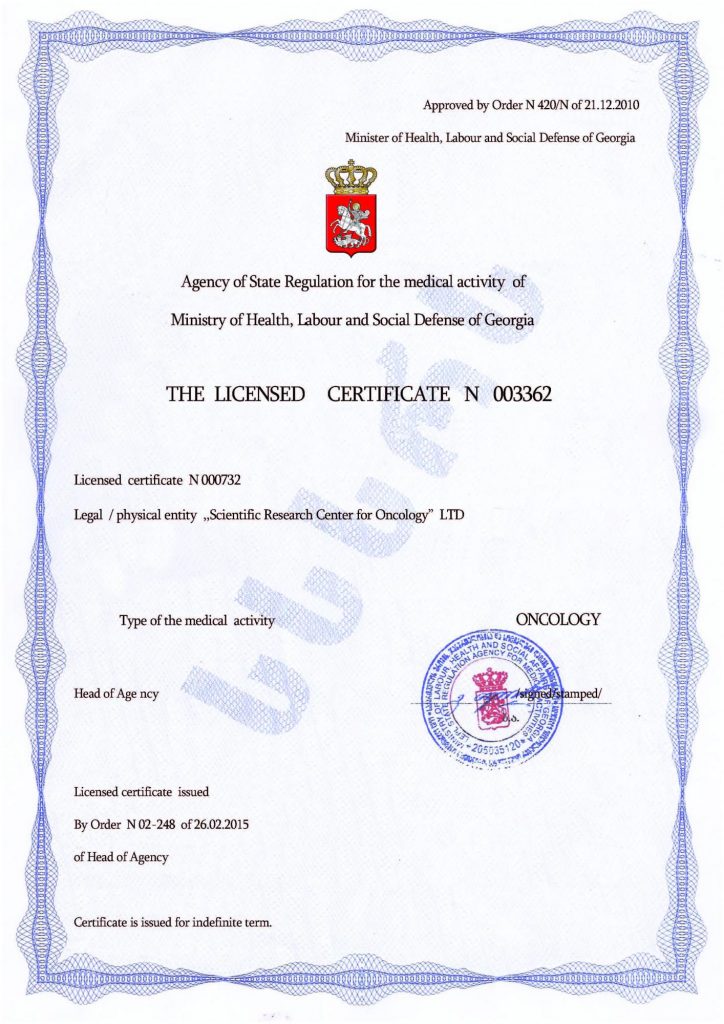Neurofitness for Autistic Individuals
Neurofitness, neurotrampoline, and neurogymnastics for autism refer to a system of exercises aimed at “building” neural connections.
Each hemisphere of the human brain has a specific set of functions. These two hemispheres constantly interact to ensure the information entering the brain is processed correctly. The corpus callosum acts as the “bridge” in this process.
In some conditions, including autism, this communication occurs with errors. It is no surprise that children with ASD or developmental delays struggle to focus, absorb new information, and communicate with others. This is precisely why neurofitness was developed for children with autism.
Much like a trampoline, this special system of exercises allows the learner to make a decisive leap in their development. Neurotrampoline for autism improves communication between the brain’s hemispheres in the most accessible way for the child – through play. Enhanced functionality helps alleviate some symptoms of the disorder:
- Social withdrawal
● Difficulty speaking
● Lack of understanding of what is happening around
● Emotional and psychological disorders
Best Exercises from the Neurofitness System for Children with ASD
- Bridge: The child should lie on their back, bend their knees, and lift their hips. Holding this position for a few seconds strengthens the muscles and improves coordination.
- Balloon Catching: Sitting on a chair, the child catches balloons to improve hand-eye coordination and train attention.
- Tic-Tac-Toe: Alternating between drawing X’s and O’s with the right and left hands helps develop fine motor skills and brain activity.
- Brainstorming: Encourage the child to name as many words as possible on a given topic – this trains memory and creative abilities.
- Logic Puzzles: Regularly use puzzles or matching exercises to activate logical thinking.
- Attention Games: For example, a game where the child quickly presses the correct button when an object of a specific color appears on the screen.
- Auditory Exercises: Offer the child sounds to listen to and ask them to identify what they represent (e.g., the sound of the sea, human laughter, animal growls). This helps develop auditory perception.
Effectiveness of Neurofitness for Autistic Individuals
This method is new and, within the framework of evidence-based medicine, is considered experimental. However, its positive impact on the brain function of autistic children is already known. Neurogymnastics is gradually gaining popularity, but its effectiveness will never surpass that of newer methods for ASD correction.
Stem Cell Treatment for Autism Spectrum Disorder in Children is an innovative technique for deep brain restoration.
Only stem cells can, to a certain extent, address the root cause of the disease. No traditional method of treating childhood autism can achieve this. Cell therapy involves collecting the necessary biological material from bone marrow or umbilical cord blood and introducing it into the patient’s body. The stem cells travel through the bloodstream to the brain, focusing on the cerebellum, limbic system, and cerebral cortex. They then transform into healthy counterparts of the cells damaged by the disorder, providing a unique, highly effective treatment for autism in children.
Visit the Mardaleishvili Medical Center – here, you will find the best conditions for undergoing stem cell transplantation!
Autism Treatment Center Videos
Autism treatment with own stem cells
Cord blood association congress
International Quality Crown
Autism Treatment Reviews
Autism treatment with own stem cells
The story of Alessandro (6 years old)
Autism Patient Testimonial - Stem Cell Treatment
Clients Testimonials
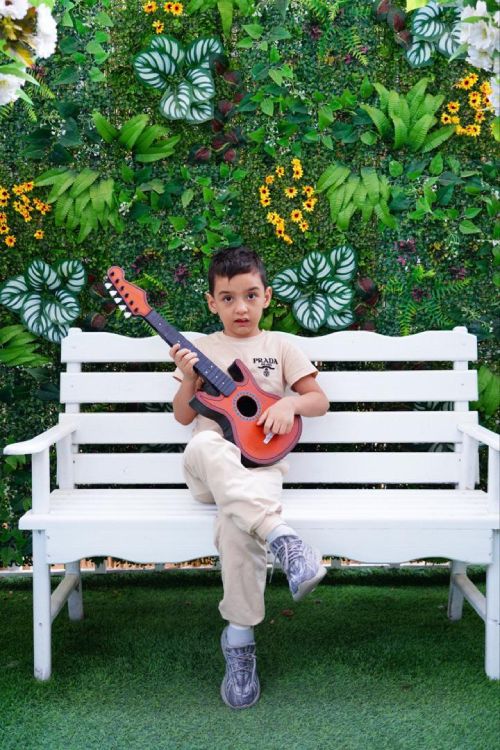
Amirkhon’s father — Tokhir Read More
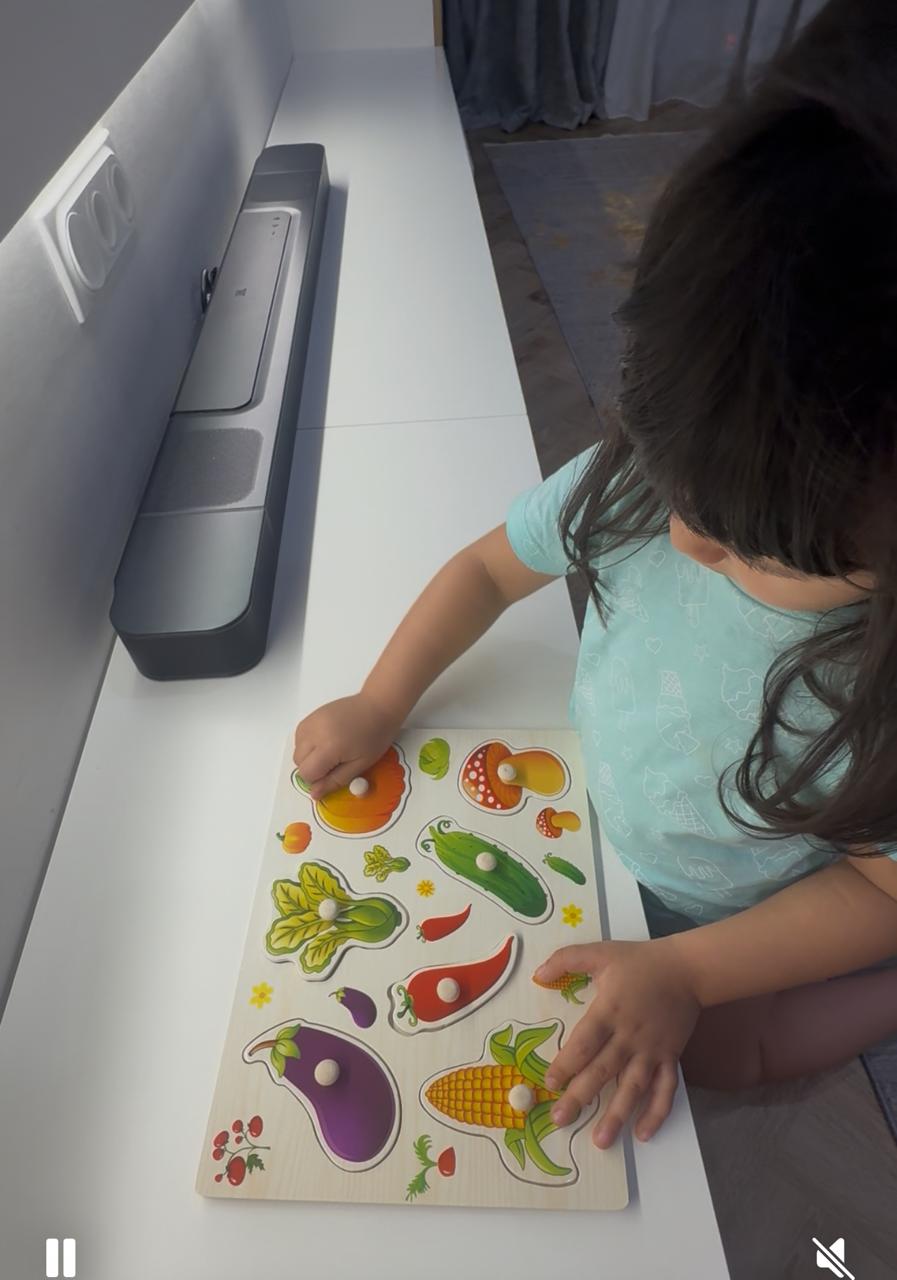
Dilana’s mother Read More
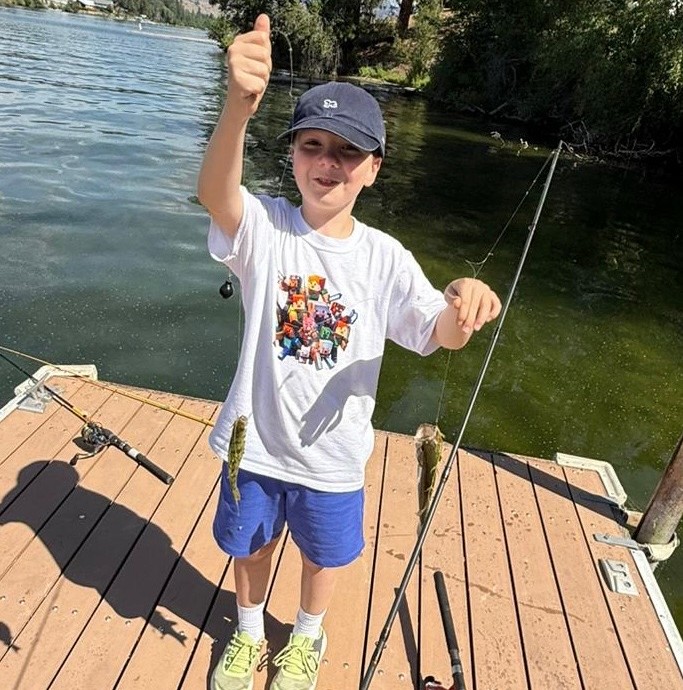
Irina and Stefan – Ilya’s parents Read More
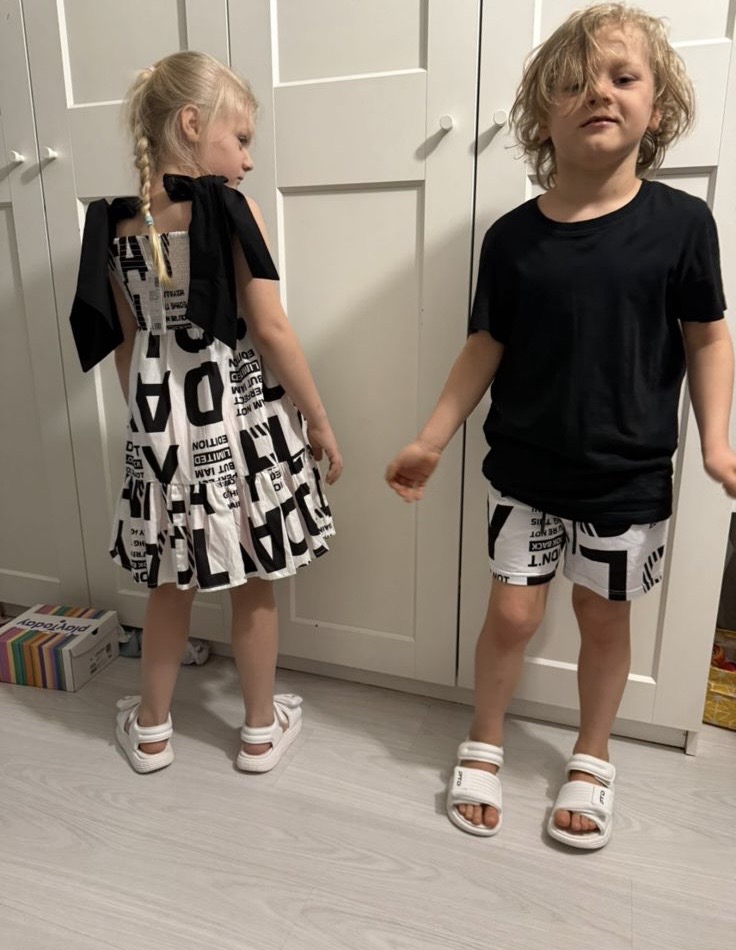
Kristina – mother of Nelly and Nik Read More
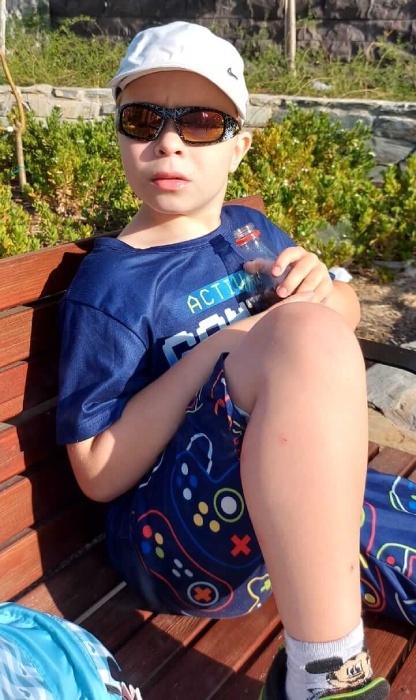
Marina and Grigory – Maxim’s parents Read More
